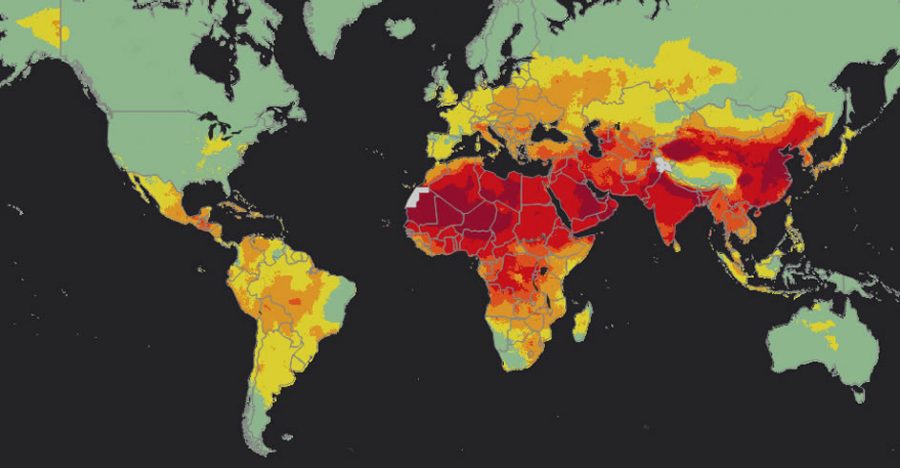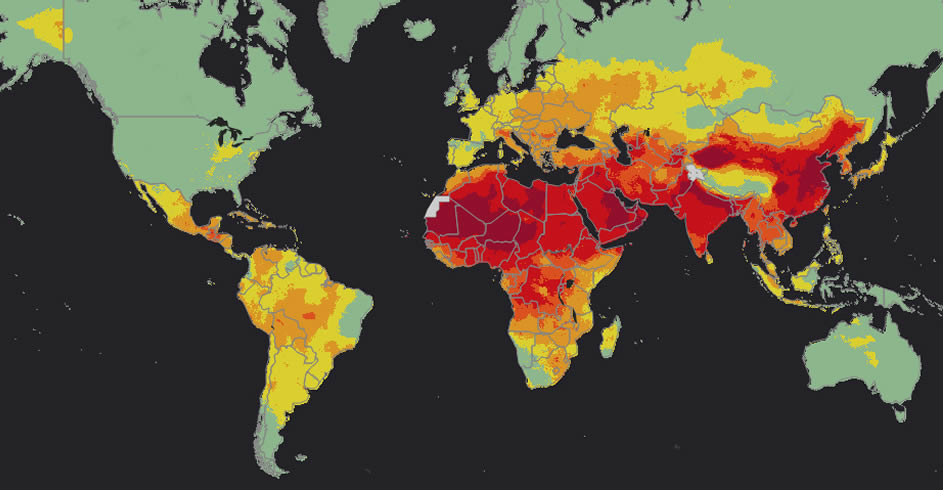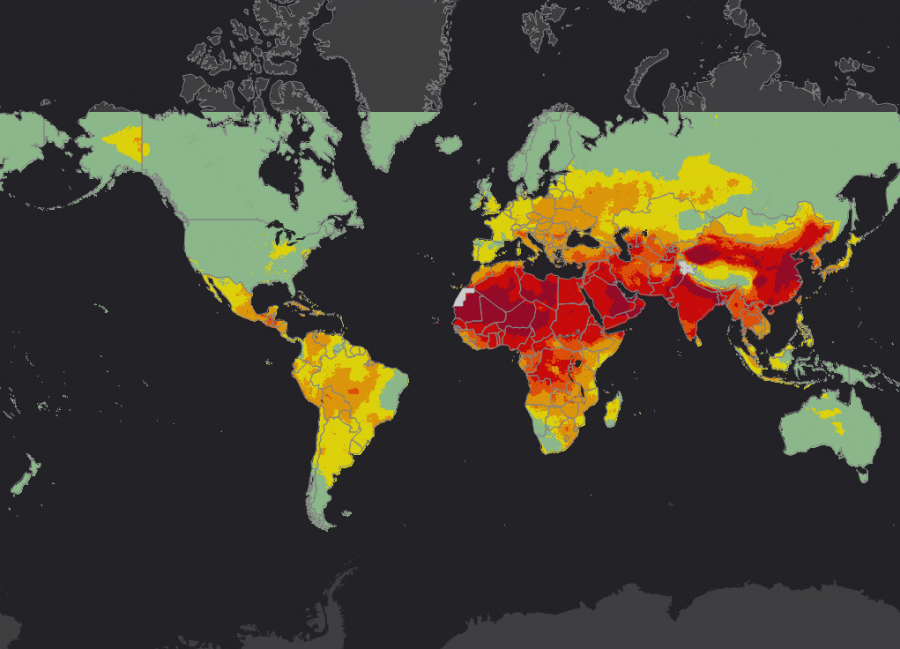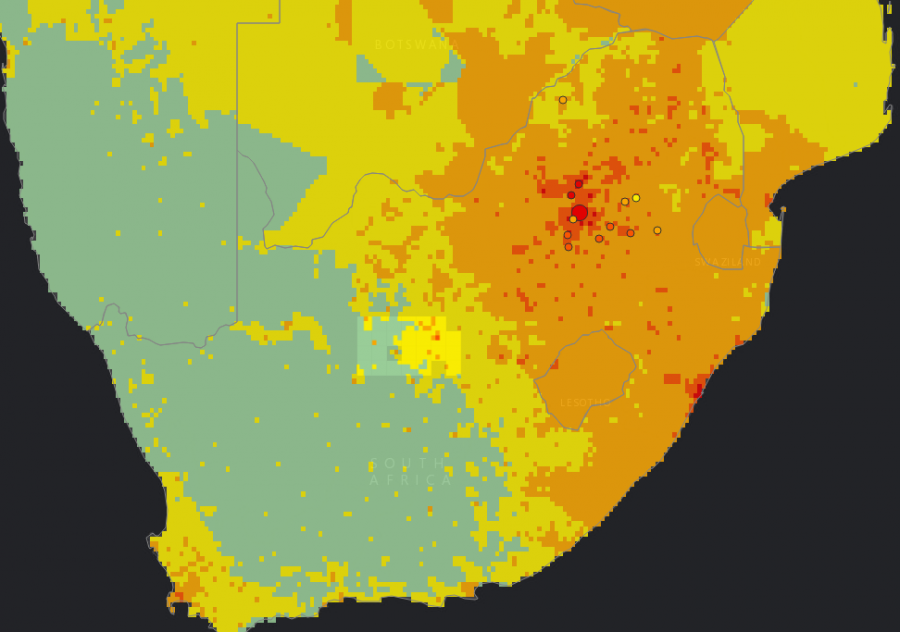
South Africans (Although Not All) Breathe About the Cleanest Air in Africa
South Africans – particularly those who live in the Eastern and Northern Cape – breathe about the cleanest air in Africa, according to a new WHO report on Air Pollution Exposure. WHO has released the findings from a ‘Country Estimates on Air Pollution Exposure and Health Impact’ study, with a new air quality model, that confirms […]

South Africans – particularly those who live in the Eastern and Northern Cape – breathe about the cleanest air in Africa, according to a new WHO report on Air Pollution Exposure.

WHO has released the findings from a ‘Country Estimates on Air Pollution Exposure and Health Impact’ study, with a new air quality model, that confirms 92% of the world’s population lives in places where air quality levels exceed WHO limits (of – for instance – sulfate, nitrates and black carbon).
The red zones – or air pollution danger spots – are mainly in South-East Asia and Western Pacific regions… although Johannesburg and Gauteng in general, as well as Durban, did not fare that well.

The good news is that the new WHO model also provides a baseline for monitoring progress in combatting it, says Dr Flavia Bustreo, Assistant Director General at WHO.
Major sources of air pollution include inefficient modes of transport, household fuel and waste burning, coal-fired power plants, and industrial activities. However, not all air pollution originates from human activity. For example, air quality can also be influenced by dust storms, particularly in regions close to deserts.
This is the most detailed outdoor (ambient) air pollution-related health data, by country, ever reported by WHO. Data has been derived from satellite measurements, air transport models and ground station monitors for more than 3,000 locations, both rural and urban. It was developed by WHO in collaboration with the University of Bath, United Kingdom.
Air pollution’s toll on human health
Some 3 million deaths a year are linked to exposure to outdoor air pollution. Indoor air pollution can be just as deadly. In 2012, an estimated 6.5 million deaths (11.6% of all global deaths) were associated with indoor and outdoor air pollution together.
Nearly 90% of air-pollution-related deaths occur in low- and middle-income countries.
Ninety-four per cent are due to noncommunicable diseases – notably cardiovascular diseases, stroke, chronic obstructive pulmonary disease and lung cancer. Air pollution also increases the risks for acute respiratory infections.
“Air pollution continues to take a toll on the health of the most vulnerable populations – women, children and the older adults,” adds Dr Bustreo. “For people to be healthy, they must breathe clean air from their first breath to their last.”
MORE
